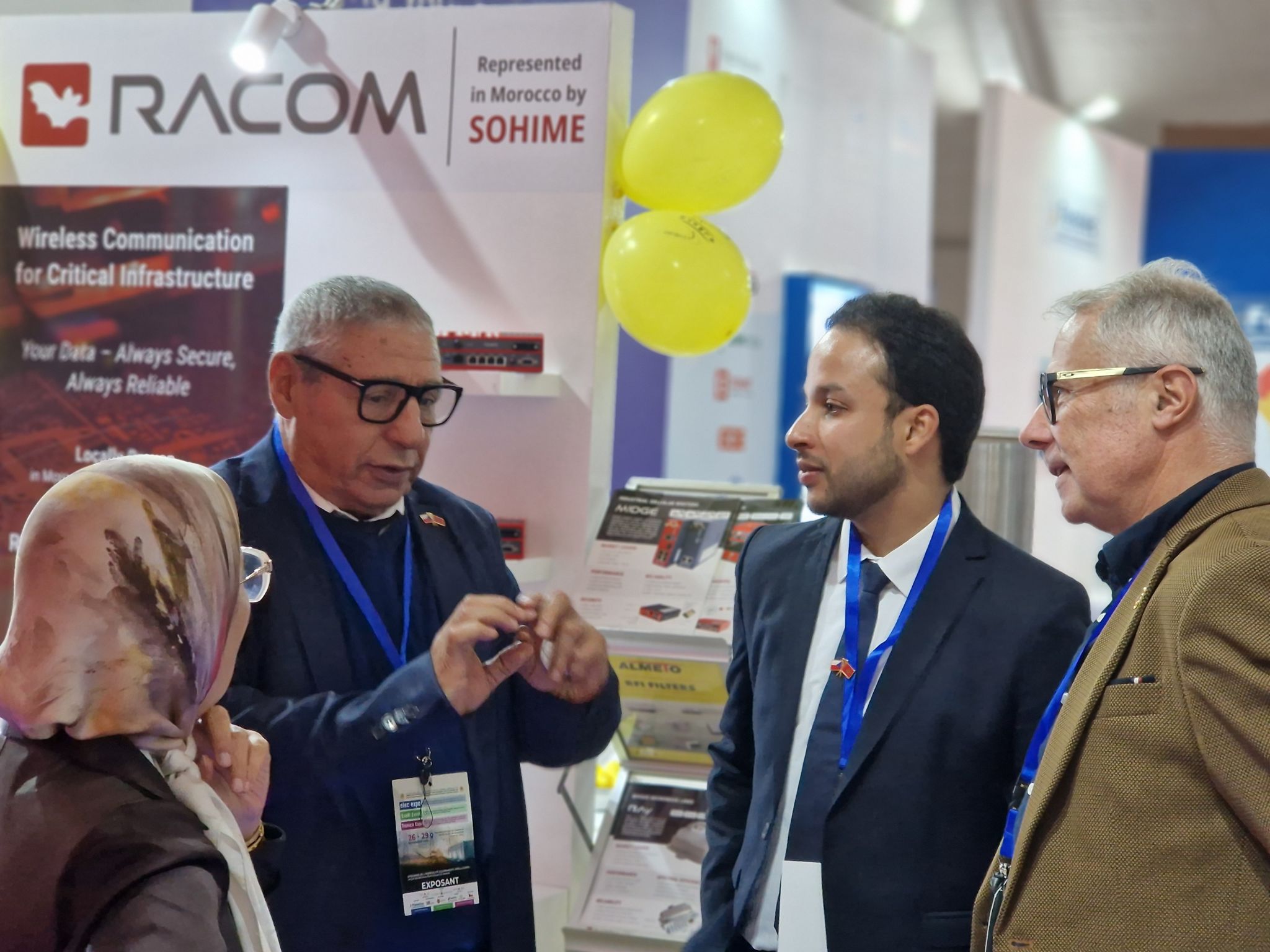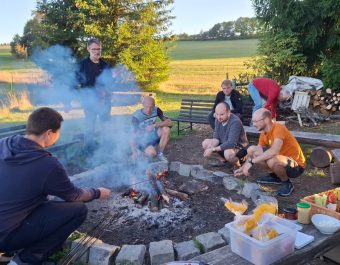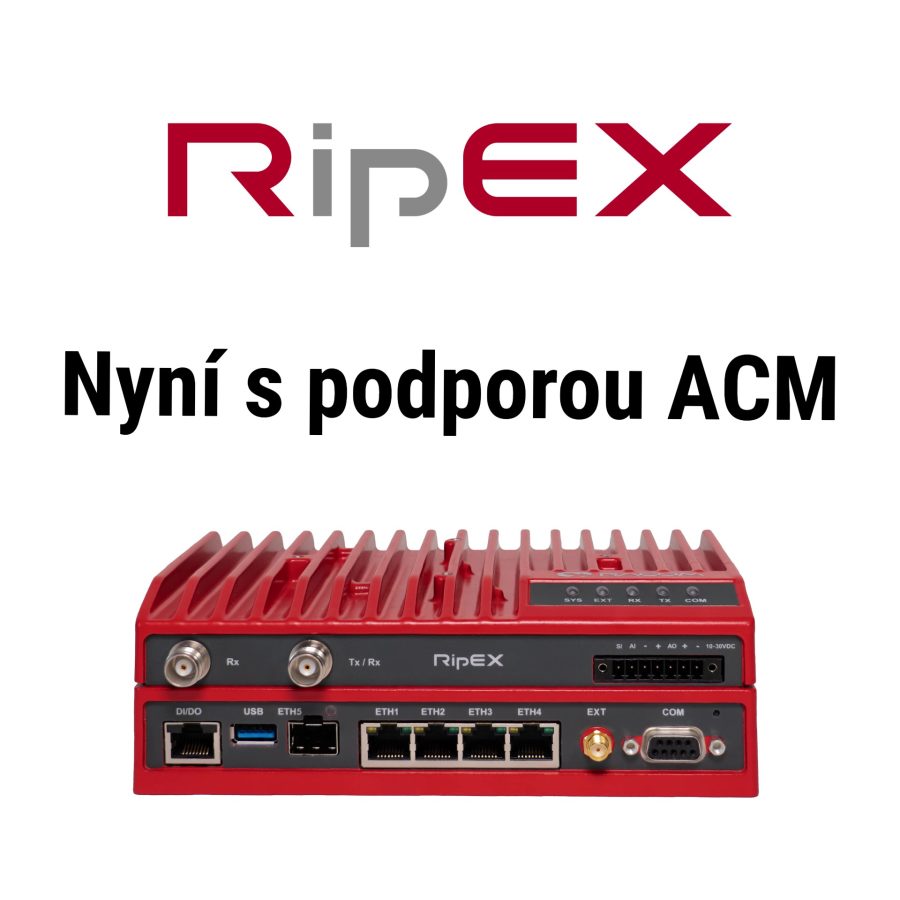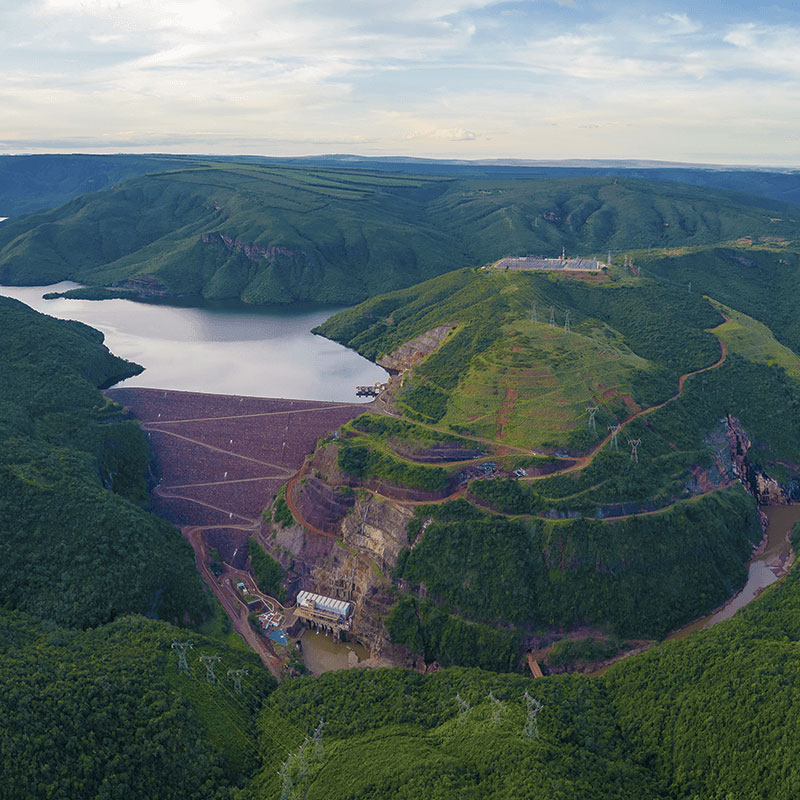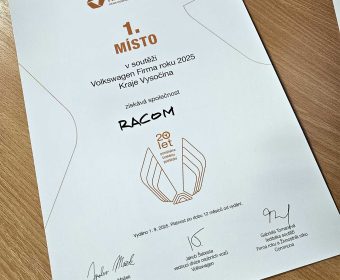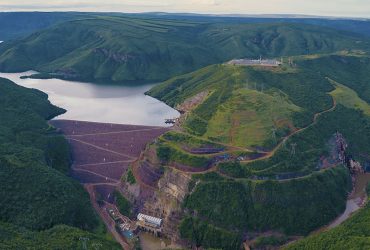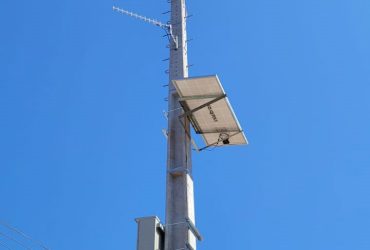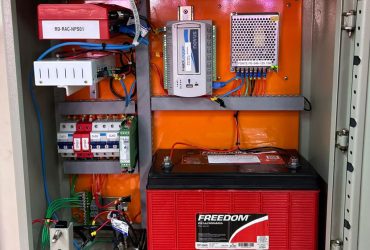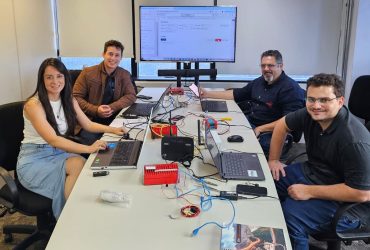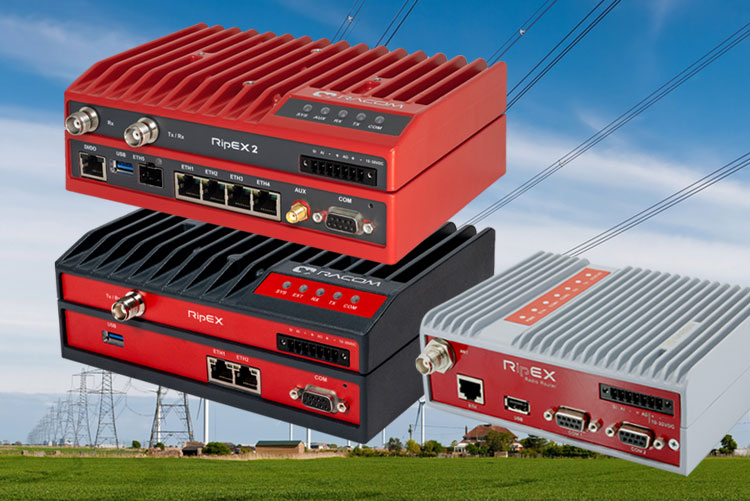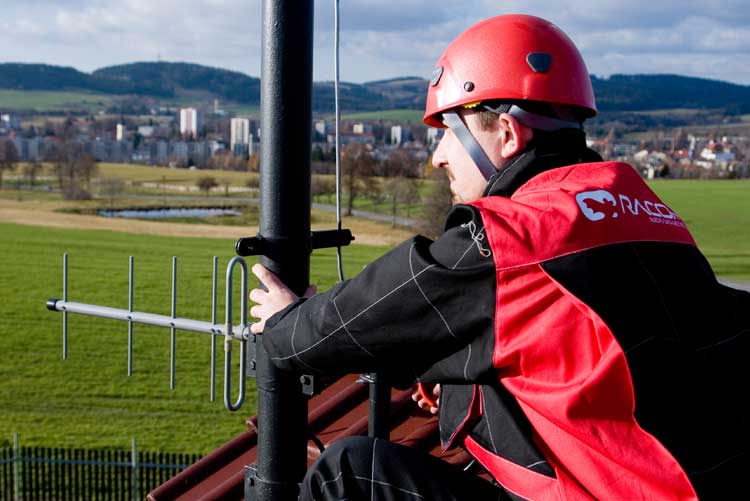Jak vybudovat spolehlivý systém včasného varování v horském terénu s omezeným připojením, kde každá vteřina může zachránit život? V brazilském státě Minas Gerais zajišťují rádiové modemy RipEX2 společnostem CEMIG a Civilní obraně právě to.
Po jedné z nejhorších ekologických katastrof v Brazílii – protržení přehrady Córrego do Feijão v Brumadinho v roce 2019 – spustily CEMIG (Companhia Energética de Minas Gerais) a Civilní obrana státu Minas Gerais ambiciózní projekt, jehož cílem bylo předejít podobným tragédiím.
Cílem bylo vyvinout a nasadit systém včasného varování, který by okamžitě upozornil obyvatele žijící v záplavových oblastech v blízkosti vodních děl. Výsledkem je DIN – Individual Notification Device, zařízení, které vydává zvukové a vizuální výstrahy aktivované sledováním srážek a hladiny řek.
Pro takto životně důležitý systém bylo nutné vybudovat moderní komunikační páteř, která by:
- fungovala v odlehlých a hornatých oblastech bez mobilního pokrytí,
- přenášela data v reálném čase z monitorovacích systémů hrází do DIN zařízení i řídicích center,
- odolala extrémnímu počasí i poškození infrastruktury,
- podporovala mesh topologii, aby se zabránilo ztrátě dat při výpadku uzlu
Jako páteřní řešení zvolila CEMIG rádiové modemy RipEX2 od RACOMu. Projekt byl realizován ve spolupráci s brazilským výzkumným institutem FITec Inovações Tecnológicas, který vyvinul senzory, elektroniku a síť DIN a s lokálním partnerem Utili, jenž podpořil počáteční instalace.
Architektura systému:
- LoRa brány sbírají data z monitorovacích senzorů.
- Brány jsou fyzicky propojeny s modemy RipEX2, které slouží jako RF páteř a přenášejí data do řídicích center.
- Mesh topologie s dynamickým směrováním (protokol BABEL) optimalizuje přenosy mezi sedmi vodními elektrárnami.
- Odlehlé uzly jsou napájeny solárními panely 100 W a bateriemi 120 Ah – systém je zcela soběstačný.
- DIN zařízení se aktivují při překročení prahových hodnot (srážky, hladina řeky) a okamžitě spouštějí zvukovou a vizuální výstrahu.
- Proběhlo testování a školení přímo v sídle CEMIG v Belo Horizonte, aby si místní inženýři osvojili provoz i údržbu systému.
Ve většině elektráren byly použity čistě rádiové jednotky RipEX2, v lokalitě Cajurú pak RipEX2 s mobilním modulem pro automatický LTE záložní provoz.
Technické parametry:
- šířka kanálu: 50 kHz,
- přenos dat v reálném čase do SCADA týmu CEMIG,
- plná integrace s existující DIN infrastrukturou
Od svého nasazení vykazuje síť RipEX2 výjimečný výkon s ultra nízkou latencí a umožňuje přenos environmentálních dat v reálném čase přímo do řídících center.
- V provozu nasazeno v 7 vodních elektrárnách státu Minas Gerais,
- spolehlivý výkon i v oblastech bez mobilního signálu,
- inteligentní směrování zajišťuje nepřetržitý tok dat i při výpadcích,
- LTE záloha v Cajurú přidává další vrstvu odolnosti,
- systém podporuje aktualizovanou Národní politiku bezpečnosti hrází (2020), která vyžaduje robustní komunikační mechanismy.
Projekt DIN, postavený na RipEX2, chrání tisíce životů a nastavuje nový standard v prevenci katastrof a bezpečnosti infrastruktury v Latinské Americe.
![]()
